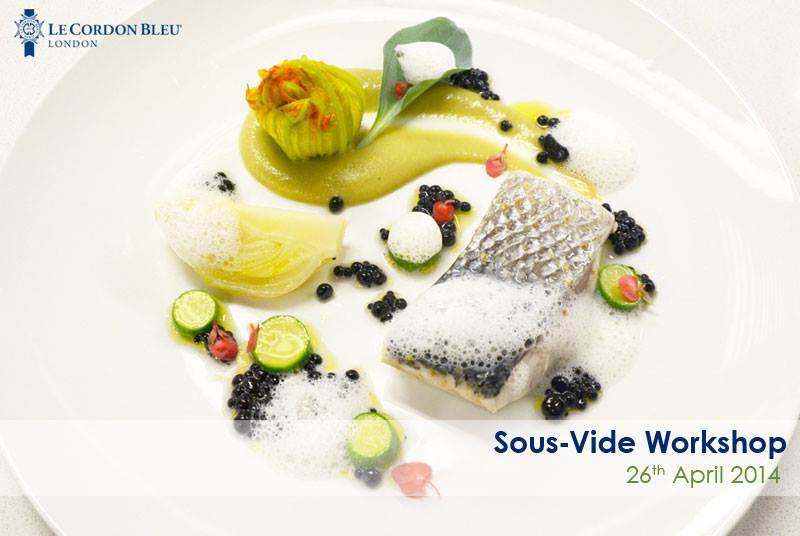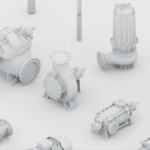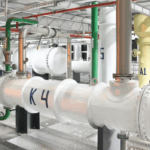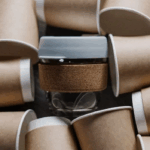Sous-vide — це технологія приготування їжі, що давно завоювала популярність у світі, хоча в Україні про неї говорять набагато менше. У перекладі з французької «sous-vide» означає «у вакуумі» — саме це і є суттю методу.
Принцип приготування дуже простий: продукти поміщають у спеціальний вакуумний пакет, з якого відкачують повітря, після чого готують у воді при контрольованій температурі — зазвичай не вище 70°C. Такий підхід дає змогу досягти одразу кількох важливих результатів:
-
Збереження смаку та аромату. Завдяки герметичній упаковці всі соки, аромати й поживні речовини залишаються всередині продукту.
-
Оптимальна текстура. Низькотемпературна обробка не руйнує клітинні мембрани, тож страви залишаються соковитими та ніжними.
-
Точне приготування. На відміну від традиційного запікання при 180°C і вище, технологія sous-vide забезпечує рівномірну температуру всередині та зовні продукту — м’ясо не пересушується і не підгорає.
-
М’якість м’яса. При правильному підборі температури колаген у волокнах м’яса поступово переходить у желатин, не допускаючи денатурації білків, завдяки чому м’ясо виходить м’яким і соковитим.
-
Ідеальні овочі. Приготовані за технологією sous-vide овочі зберігають свіжість, колір і приємну хрусткість — те, чого важко досягти при звичайному варінні.
У підсумку виходить страва з ідеальним смаком, ароматом і текстурою, яка максимально зберігає природні властивості продуктів.
Роль автоклавів Steriflow у виробництві sous-vide
Для промислового виробництва готових страв за технологією sous-vide ключовим обладнанням є автоклави Steriflow. Вони забезпечують точне підтримання температури, рівномірну теплопередачу та повний контроль процесу термообробки.
Автоклави Steriflow дозволяють:
-
стабільно готувати великі партії продукції з гарантованим результатом;
-
забезпечувати харчову безпеку та стерильність упаковки;
-
оптимізувати енергоспоживання і час циклу завдяки інтелектуальній системі керування;
-
адаптувати параметри під будь-який тип продукту — від м’яса до овочевих чи рибних страв.
Технологія sous-vide у поєднанні з промисловими автоклавами Steriflow відкриває виробникам нові можливості: від ресторанних страв у форматі ready-to-eat до високоякісної лінійки готової продукції з тривалим терміном зберігання.
Steriflow — ваш надійний партнер у впровадженні сучасних технологій приготування та стерилізації готових страв.



